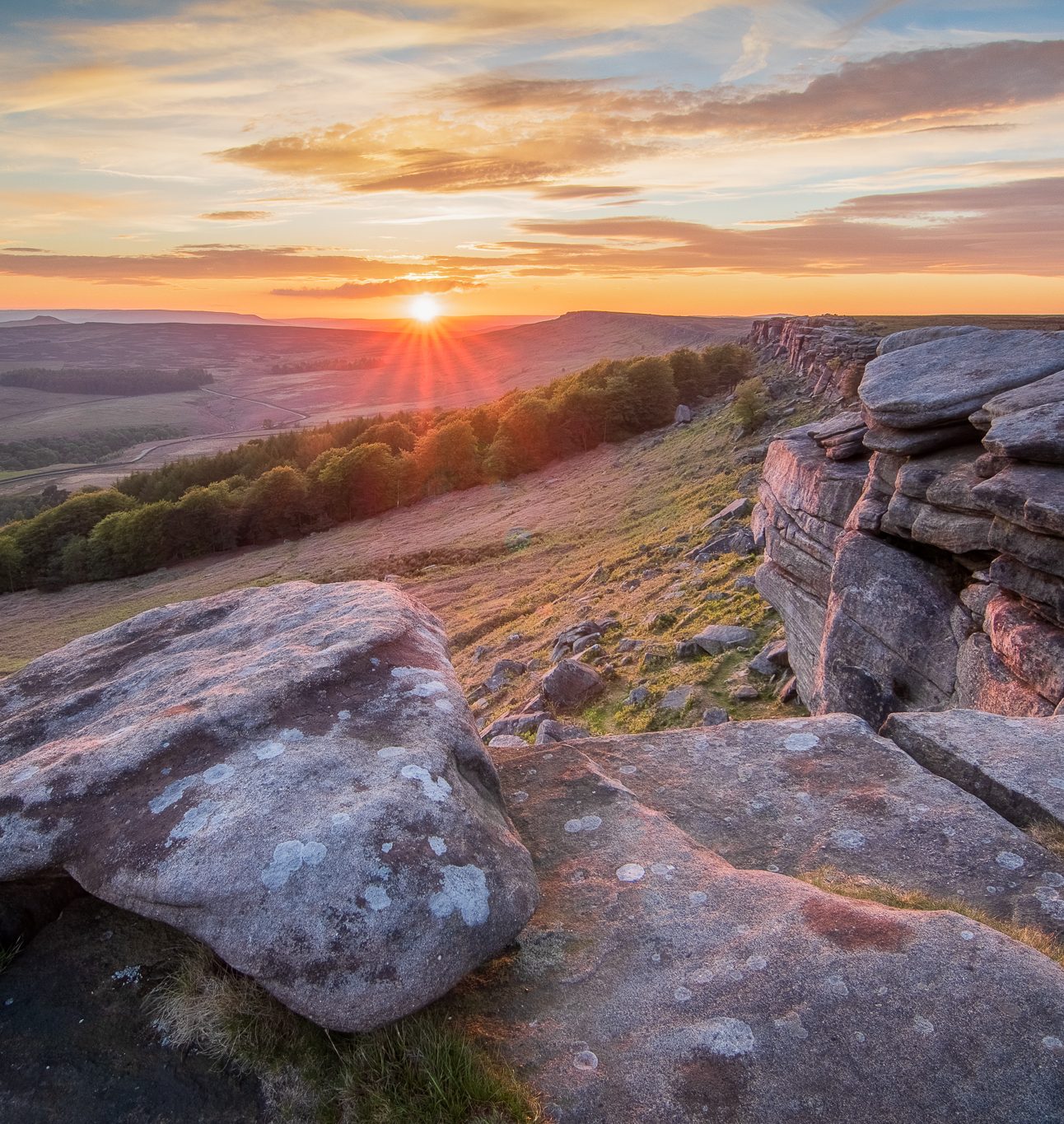
5 bucket-list walks in the Peak District
Lukas Saville from travel company 10Adventures tells us his five bucket-list walks in the Peak District.
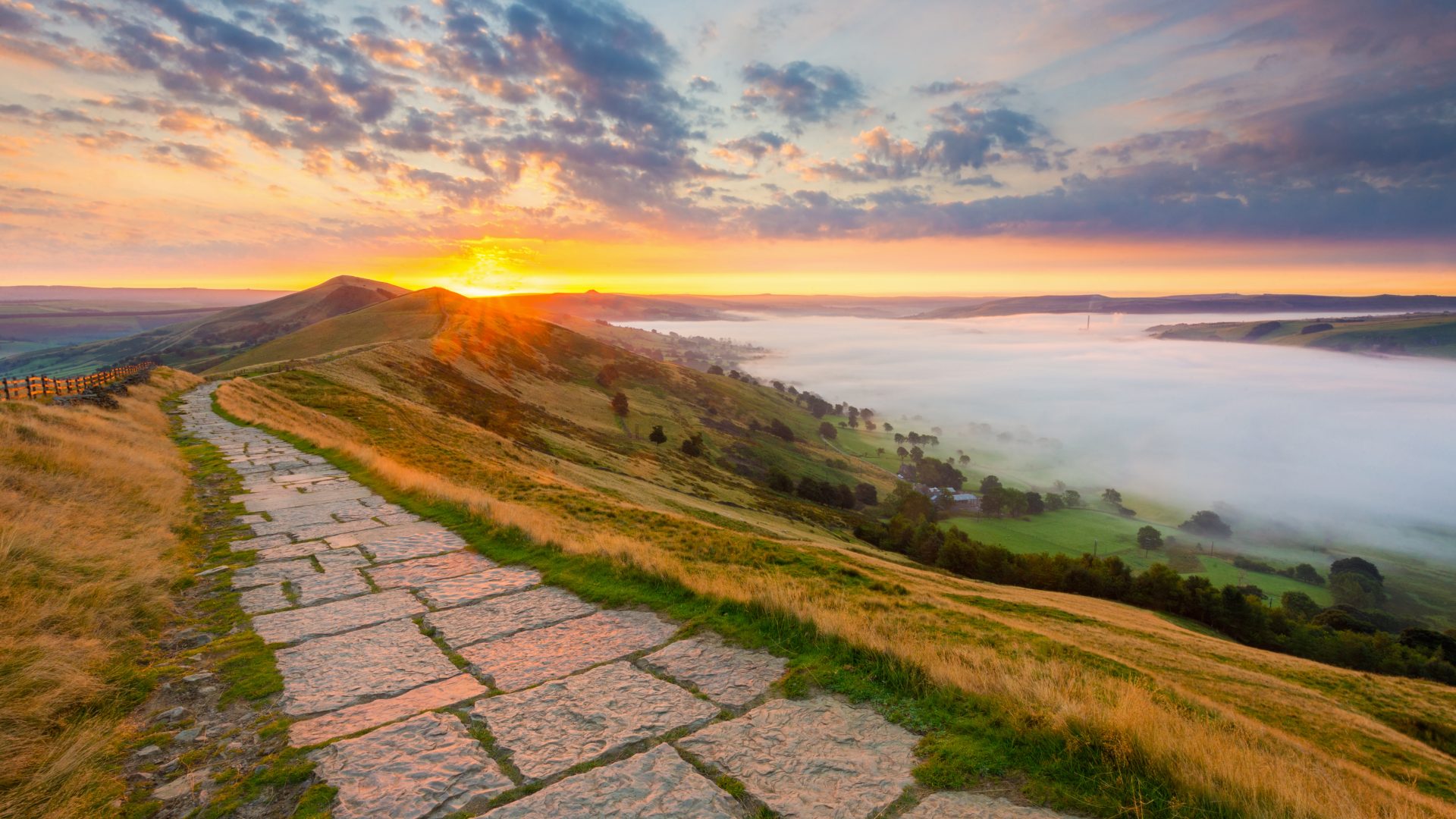
The Peak District is our oldest National Park
The Peak District was the first National Park to be designated in England and Wales in 1951 and remains one of the most popular, receiving up to 14 million annual visitors thanks to its proximity to many nearby towns and cities. Over a third of the Park is protected for wildlife and its three peaks, the Dark Peak, White Peak and South West Peak provide important habitat for many upland species such as White Mountain hares and the Golden Plover. With nearly 90% of the Park being farmland, it is a true living landscape shaped over decades by livestock and agricultural practice.
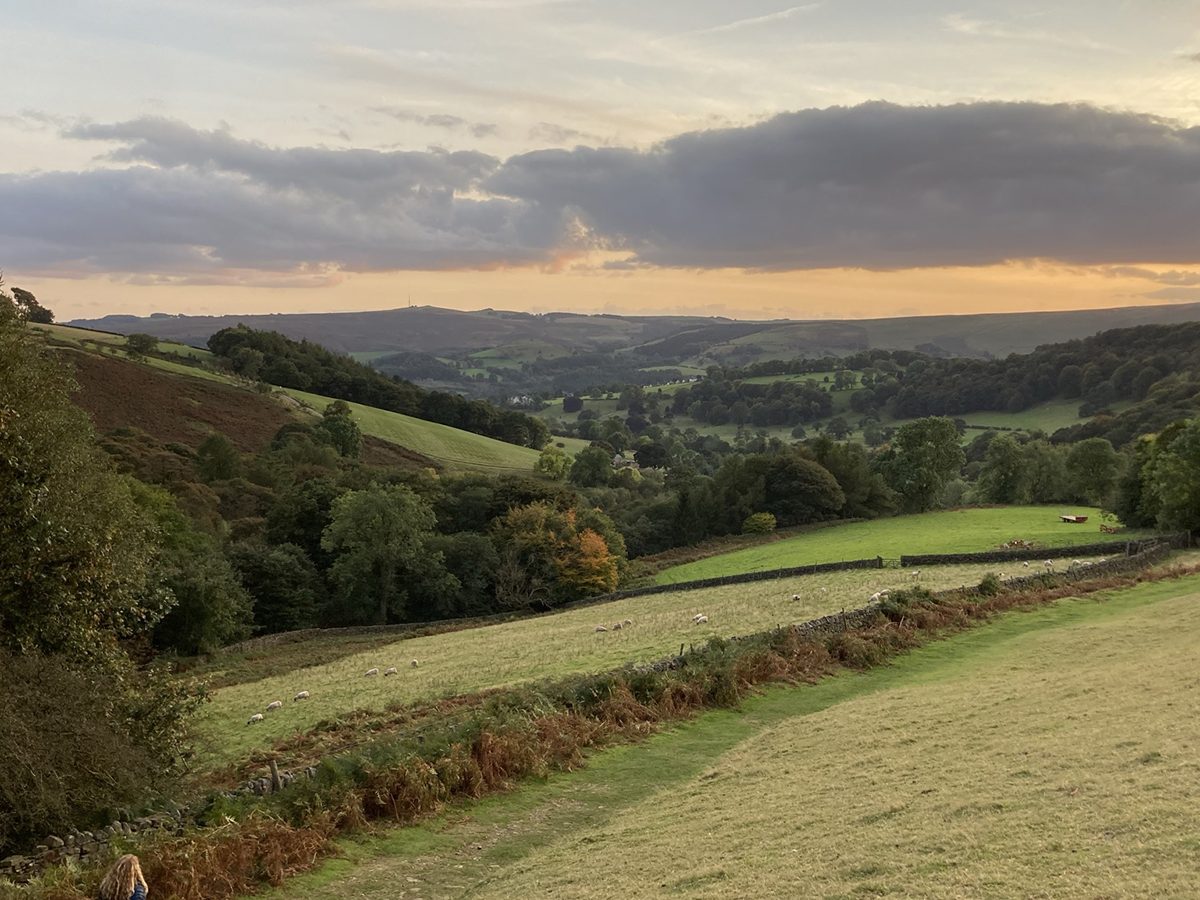
Did you know? There are 26,000 miles of dry stone walls in the Peak District, enough to wrap around the whole Earth.
Designated: 17 April 1951
Habitats: Farmland, peatland, hay meadows, moorland, woodland
Common wildlife: Red grouse, owls including the barn owl, tawny owl, and the little owl
Star spots: Red deer, white mountain hares, golden Plover
Notable towns and cultural sights: Greens mill, Chatsworth, Bakewell
Notable nature sights: Stanage Edge, Hope Valley
Popular activities for visitors: Hiking, water sports, rock climbing
Highest peak: Kinder Scout at 636 meters above sea level
Annual visitor numbers: 14 million in 2019, 13 million in 2018
Threats: Climate change, wild fires, increasing pressures from farming

Lukas Saville from travel company 10Adventures tells us his five bucket-list walks in the Peak District.
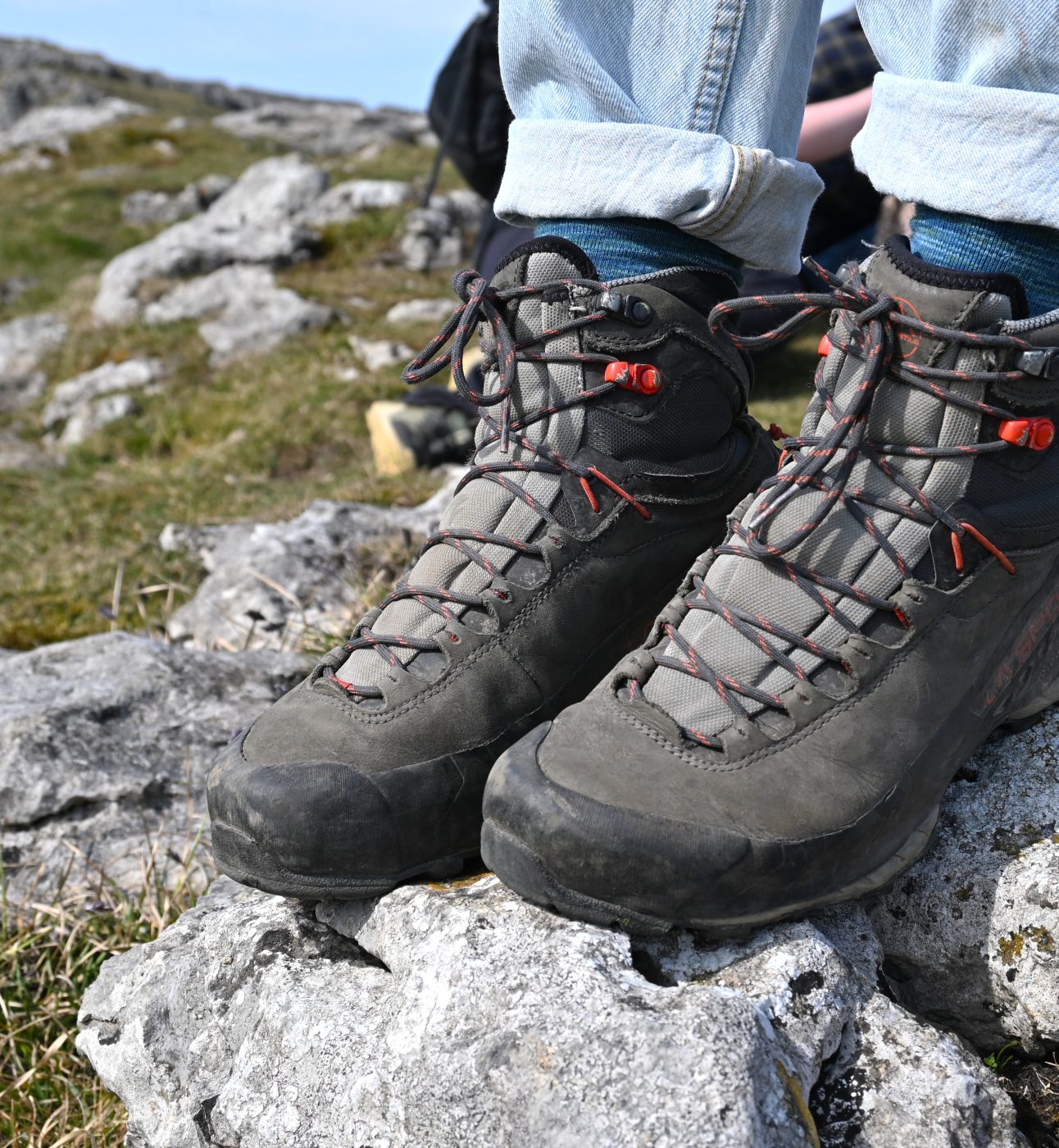
Adventure, relaxation, exploration, there’s no wrong way to enjoy a National Park. Here are out top tips on making the most of your visit.
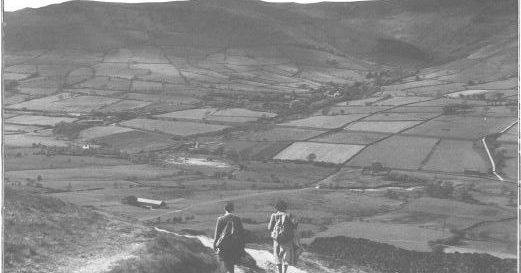
Not only was the Peak District the first National Park to be designated in the UK, it was also the site of the 1932 Kinder Mass Trespass, a key turning point in the fight for countryside access.
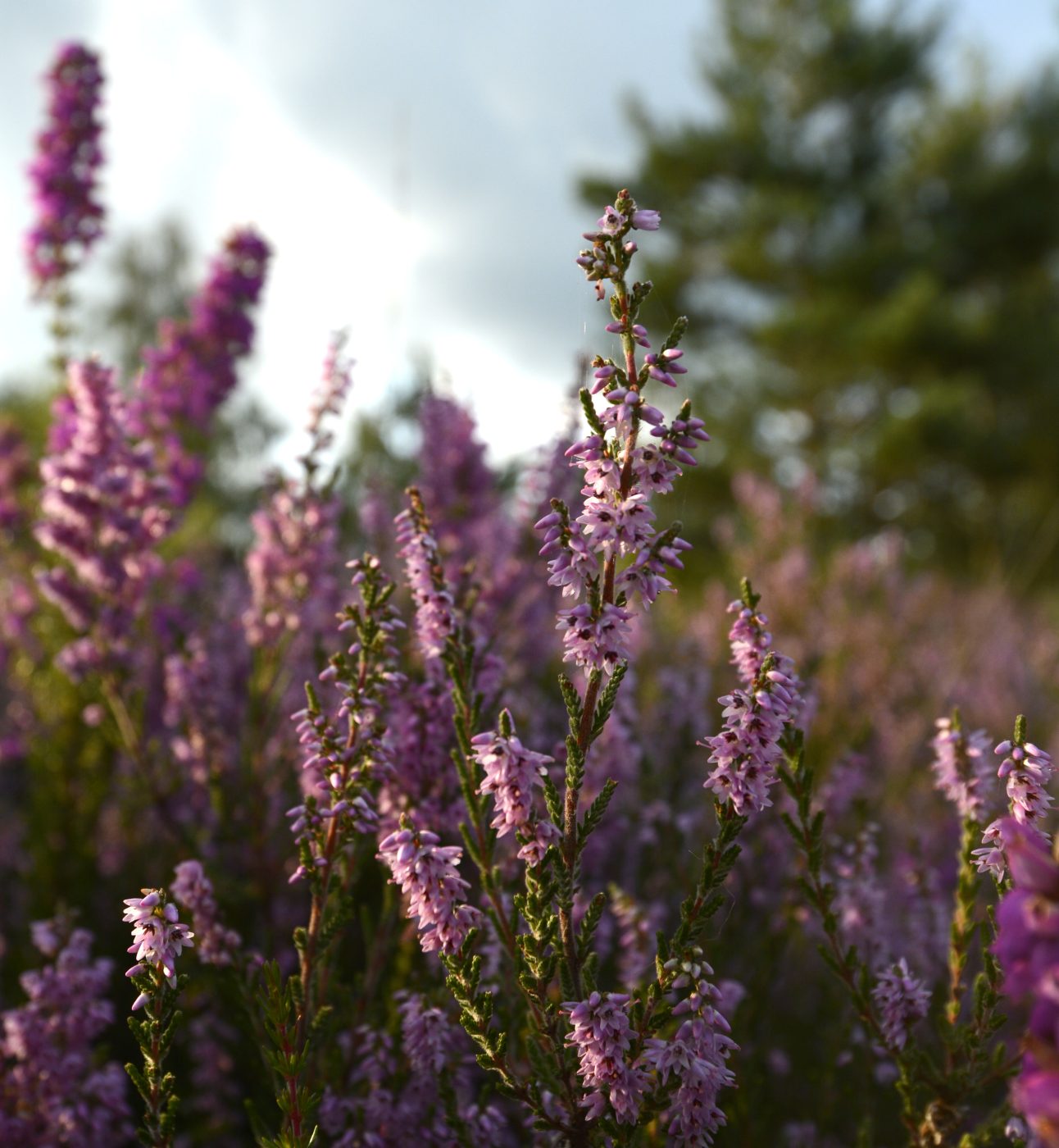
The UK Government has released official data on the state of nature in England’s Protected Landscapes, marking a big step forward in understanding how these special places are faring.
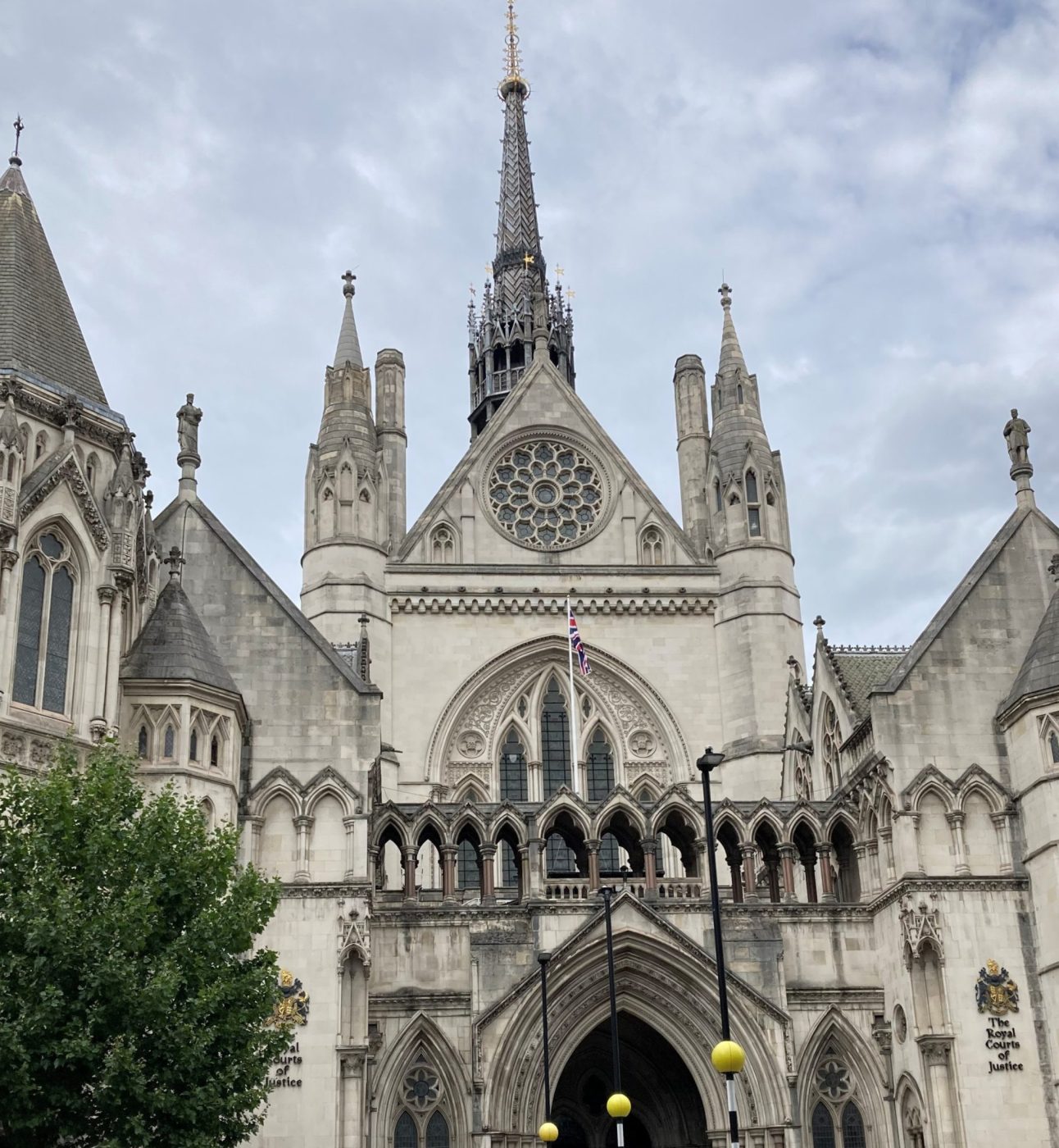
This week, Campaign for National Parks is in court to defend the law protecting all of England’s National Parks and National Landscapes.
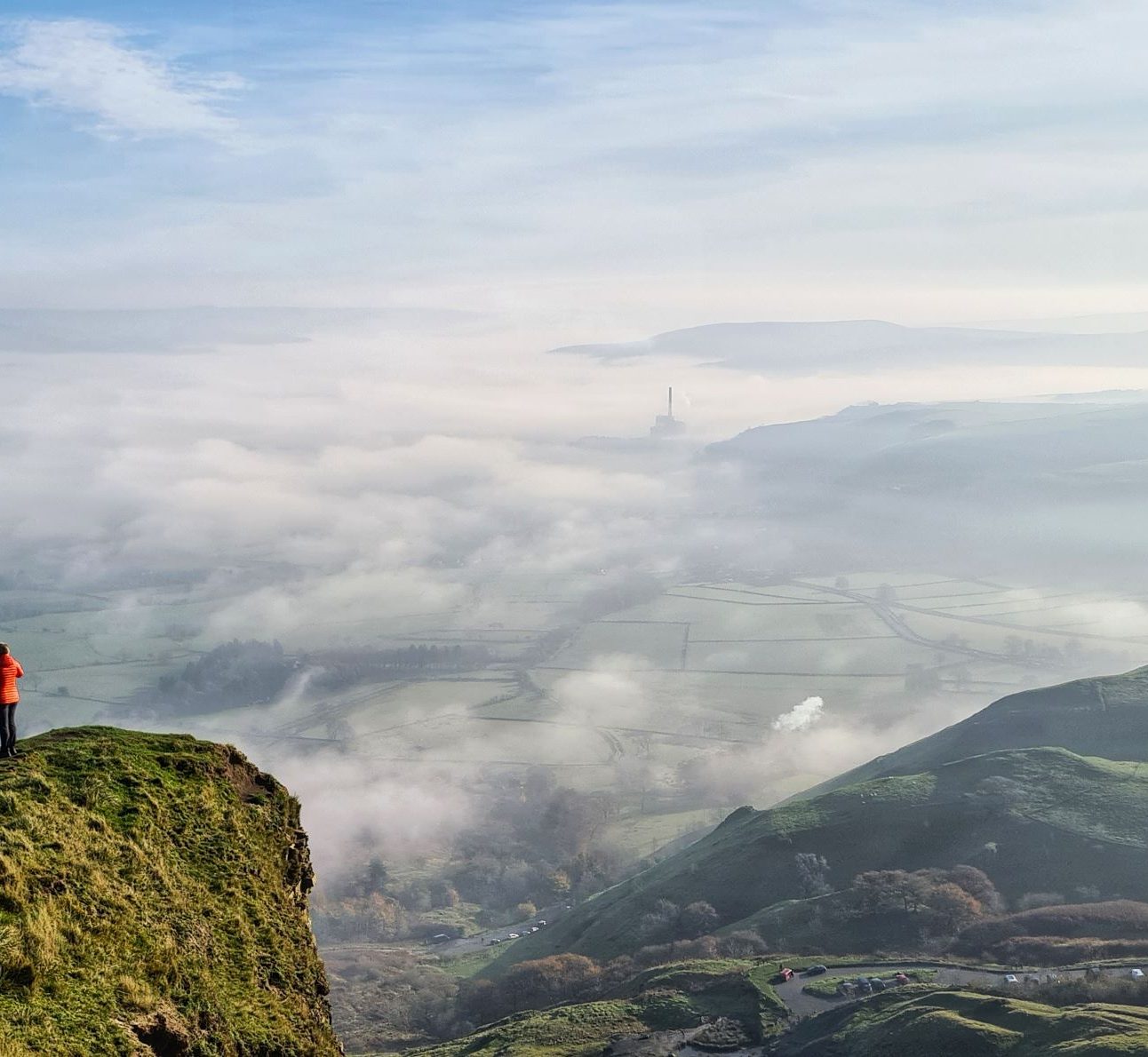
After questions about introducing an entry fee for visiting the Peak District it's important to look for other ways to fund National Parks that keep them free for everyone